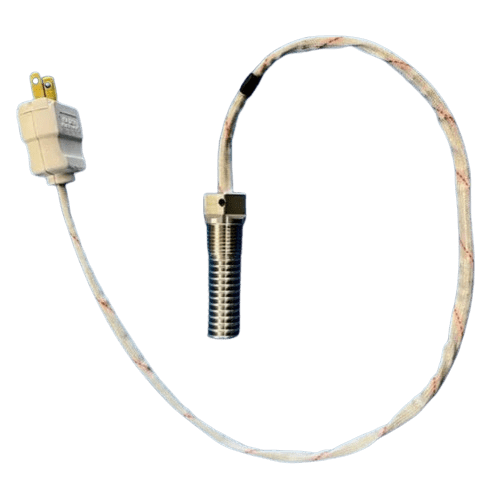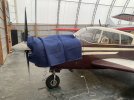Domenick
Pattern Altitude
- Joined
- Sep 11, 2019
- Messages
- 1,826
- Display Name
Display name:
Domenick

No Hassle Engine Pre-Heater - AntiSplatAero
“No Hassle Engine Pre-Heater” is our newest specialty accessory, developed specifically for use in most Lycoming equipped aircraft. After experiencing first-hand, the difficulties and frustrations involved when trying to address cold start, and engine warm-up issues. Numerous conversations with...
 antisplataero.com
antisplataero.com

